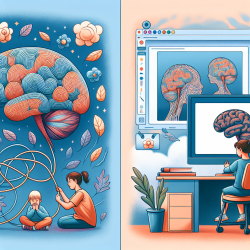Understanding the Barriers to Effective Bladder Management
For individuals living with neurogenic lower urinary tract dysfunction (NLUTD), managing bladder function often involves the use of clean intermittent catheters (CIC). Despite being the gold standard for bladder management, CIC presents several challenges. A recent study published in the International Journal of Environmental Research and Public Health highlights both internal and external barriers that affect the adoption and adherence to CIC.
Internal Barriers: Personal Challenges
Internal barriers are those inherent to the individual or their immediate environment. These include:
- Age and Sex: Younger patients often achieve independence in CIC earlier, while older adults may face challenges due to cognitive or physical limitations. Women, due to anatomical differences, may find CIC more challenging than men.
- Upper Extremity Function: Adequate hand function is critical for performing CIC independently. Many with neurologic conditions rely on caregivers, which can impact their independence.
- Caregiver Assistance: Limited availability and high costs of caregiver support can hinder regular CIC schedules.
- Time and Incontinence: CIC requires significant time, and urinary incontinence can lead to social stigma and reduced quality of life.
External Barriers: Societal and Environmental Challenges
External barriers often relate to public facilities and societal perceptions:
- Accessibility: Many public restrooms lack adequate space and facilities for CIC, making public participation challenging.
- Cleanliness and Public Understanding: Unclean facilities increase the risk of infections, and a lack of public awareness can lead to negative experiences for those performing CIC.
- Cost and Type of Catheters: The financial burden of single-use catheters can be significant, influencing management decisions.
Implementing Research Findings for Better Outcomes
Healthcare practitioners can play a pivotal role in addressing these barriers. By understanding these challenges, practitioners can offer tailored solutions, such as:
- Providing comprehensive education and training for patients and caregivers.
- Collaborating with occupational therapists to assess and improve hand function.
- Advocating for better public facilities and policy changes through partnerships with advocacy groups.
For a deeper dive into the research and to explore more detailed strategies, practitioners are encouraged to read the full study: Internal and External Barriers to Bladder Management in Persons with Neurologic Disease Performing Intermittent Catheterization.










